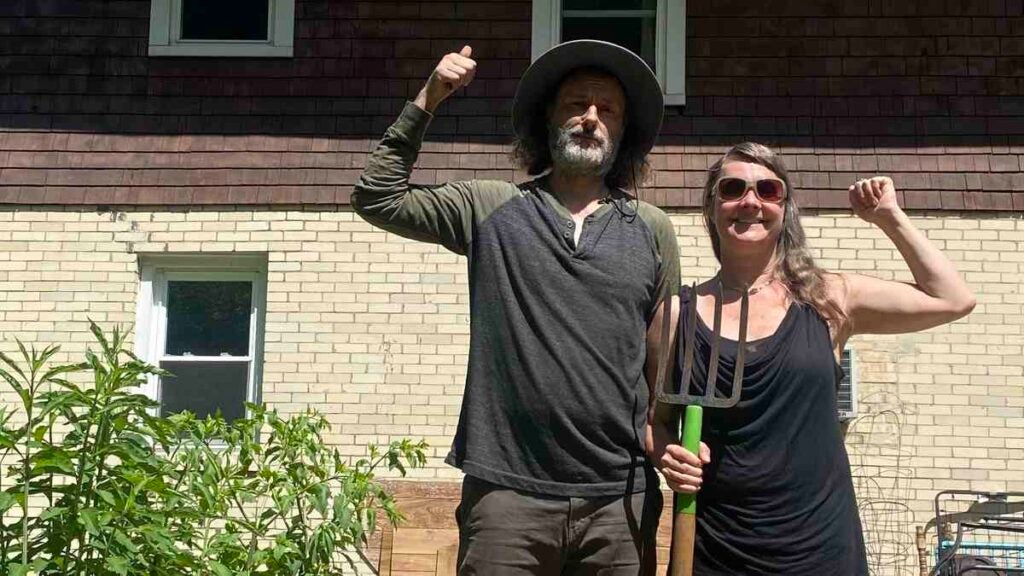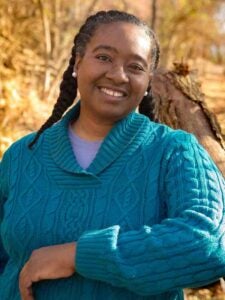Making solar possible in Allegheny County


In Pittsburgh, we are using our fourth co-op in Allegheny County to close the gap between those who can afford solar and those who can’t. Thanks to a successful community crowdfunding campaign and local philanthropic grantmakers, we were able to provide seven households in the Hazelwood and Glen Hazel neighborhoods with free solar education and solar installations. These racially-diverse and economically-struggling communities are burdened by high energy bills but do not have the financial resources to afford solar. This project is just the beginning of a multi-year initiative to build a scalable program to help under-resourced households access the benefits of rooftop solar. We spoke with our community partner, Tiffany Taulton, Director of Outreach & Sustainability at the Hazelwood Initiative, about our collaboration.
Tell me a bit about the community of Hazelwood and Glen Hazel and the challenges that these neighborhoods face.
Hazelwood and Glen Hazel are really special communities in the city of Pittsburgh because they really represent the last of steel manufacturing within the city limits. This community was particularly devastated by the collapse of the steel industry. With that population loss came a great loss of stores, businesses, and amenities that every community deserves. It’s been rough for people. This is also a very unique community in the sense that it is one of Pittsburgh’s most racially diverse. It’s about 50/50 Black and white. And so it has that aspect as well of having a strong minority community and very low- income community. It’s also a community that is on the cusp of a new period of development with the former steel site. It’s about to become the newest technological hub of Pittsburgh.
Why were you interested in working on solar, and how does it fit into the goals of the Hazelwood Initiative?
One of the early projects that I heard about was the solar being put on Mill 19, which ended up being one of the largest solar projects of its type in the country. And I thought, if they’re doing solar in the new part of Hazelwood, the existing community should also have an opportunity to be part of that solar revolution. Particularly when you’re thinking about communities of color and low-income communities, they typically don’t get to be a part of clean energy solutions, even though they’re the ones that are hurt the most. They have a very high energy burden. Pittsburgh, particularly the Black community, has a very heavy energy burden. They pay a high percentage of their income to utilities. So, I figured one way that I could support our goals at the Hazelwood Initiative, one of which is to keep people in the neighborhood even as it develops, would be to help lower people’s energy bills so that they can stay in their homes.
How has the partnership with SUN been helpful to this project?
When Henry and I first started talking, we were just looking at how our organization could get solar into the community. We thought about putting it on our building or a school. But we couldn’t figure out a way to make that work financially. So then we thought, “what can we do to get solar directly to people’s houses?” Through bringing in the City of Bridges Community Land Trust, the City of Pittsburgh, and encouraging other communities to join the cooperative, we realized we could make it more affordable for us to get people involved in solar. That made the project economically feasible, and we wouldn’t have been able to do all that without Solar United Neighbors. As a small organization, we don’t have the capacity to tell people all the ins and outs of the solar industry, what it will cost, and what the benefits are. We just know that it’s a good idea. We really relied on Solar United Neighbors to provide the details and to coordinate the different groups that were involved.
How is solar a part of your vision for this community?
My goal for the community is that the people who have called Hazelwood and Glen Hazel home for a long time have the choice to stay as it develops. And that they have the choice to improve their properties and their living situations. I hope that we can further increase the number of people that have access to solar energy so they can lower their energy burden. That way they are stable in their homes. And with solar they can feel like this is one connected community — that it’s not just the new community that gets all of the sparkly new technology. The homes that they live in can also be a part of our new energy future.
Read the full 2022 Annual Report